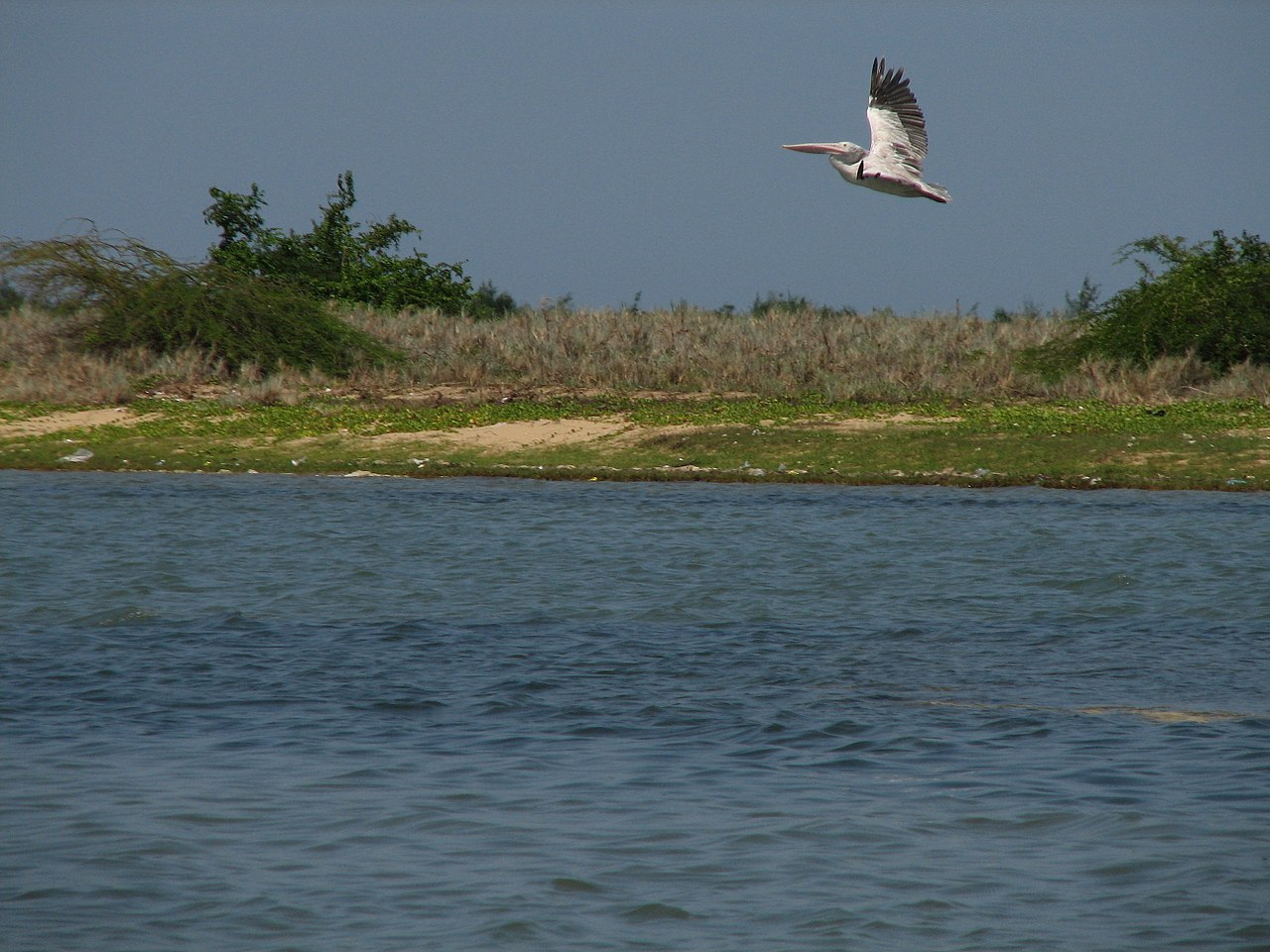
Wanton human intervention shrinks Pulicat; can impact monsoon

A new study on the Pulicat lagoon has shed light on the adverse changes that occurred to the coastal wetland due to the lack of statutory norms, in the past five years.
The study was carried out by M. Deepika, a final year student of MSc Geography, Central University of Tamil Nadu, titled ‘Land Use and Land Cover Change Detection Using Remote Sensing and GIS in Pulicat Lagoon,’ with guidance and support from the AARDE foundation, a Chennai-based NGO working on the conservation of the lagoon.
The paper, which was published in the January issue of the International Journal of Research in Engineering, Science and Management, has highlighted the changes in the lagoon in five years, 2014-19.
Monsoon impact
Using technology including ArcGIS and ENVI software, Deepika, who worked on the project for a month in December 2019, analysed the satellite pictures. She said, “The analysis has given us an understanding of the impact on the vegetation and rainfall. The Arani river, which supplies fresh water to the lagoon, has shrunk and there is a drastic change in the river bend.”
On the coast covering Andhra Pradesh and Tamil Nadu state, the lagoon has a length of about 60 km and width of 17 km. The three major rivers which give fresh water to the Pulicat lagoon are Arani, Kalangi, and Swarnamukhi.
Xavier Benedict, founder of AARDE, says that the study highlights the degradation of the wetland. He said, “Pulicat Lagoon is very important in bringing the Northeast monsoon clouds to the Coromandel coast. Unlike the Western Ghats, the Coromandel coast depends on waterbodies like Pulicat Lagoon to attract rain clouds with its moisture. More the spread of moisture, more the rains in the zone. Hence, we need to keep wetlands alive.”
Human intervention
The research also underlines rampant human intervention due to the absence of statutory norms. The lagoon is the second largest in India and covers an area of 759 sq km. However, this coastal wetland is slowly getting encroached due to lack of statutory norms or authority similar to Chilika Lagoon, Odisha.
“As Pulicat Lagoon does not have a ‘Pulicat-Conservation and Development Authority’ there is no one single body to govern the lagoon and its surroundings. The main issues are there is no buffer zone around the lagoon as stipulated by international-bodies. The buffer zone were removed in 2014. This is the only large wetland in India which does not come under the Ramsar Convention of 1971, the first modern treaty between nations aimed at conserving natural resources. There are three Northeast monsoon rivers which flow into the Pulicat lagoon, including Arani in Tamil Nadu. This river does not have adequate statutory protections hence the flow of water into the lagoon has been almost nil in recent decades.”
Benedict suggests that the Greater Chennai Metropolitan Development Authority should evolve guidelines, according to the characteristics of the landscape.
While the study briefly touches upon the impact of the rocket launches from Sriharikota situated nearby and the resultant atmospheric disturbances, there is more to be probed.
Benedict said, “according to vernacular observations and our study, we find there is a significant reduction of moisture or rainfall after every launch. I feel that there is an impact of three weeks dry period after every launch for 120 km radius. The timing of the rocket launch is very important. We are going to understand more about the heat-island rockets create in the coming years. Our study is ongoing hence we need more data and vernacular understanding.”


